Do grounding sheets work? Our Sleep Editor investigates
I interviewed sleep scientists and spent weeks sleeping on grounding sheets to find out whether grounding your mattress really works − I'm not convinced
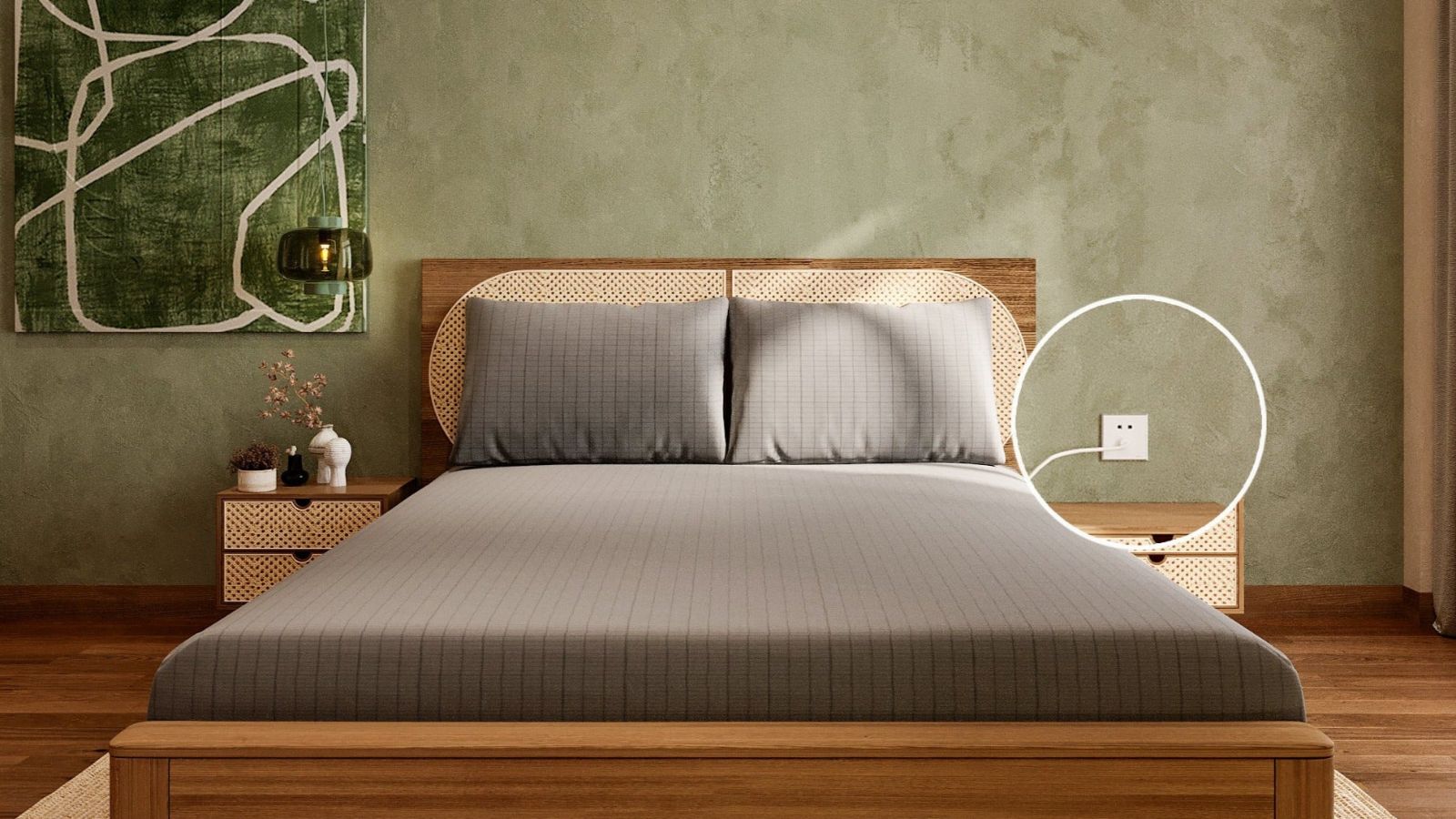

Admittedly, I first came across the idea of grounding your bed on TikTok. According to its advocates, grounding your mattress is supposed to improve your sleep, decrease your stress, and boost your energy levels. All you need is a grounding sheet, which allows electrons from the earth to travel into your body.
Now, as the resident Sleep Editor at Homes & Gardens, I'm always keen to learn how to sleep better. After hours of careful research, I ordered three different grounding sheets to sample on my own mattress. Disappointingly, I didn't notice any major improvements in my sleep quality, health, or well-being.
I'm not surprised. There is very little scientific evidence to support the use of grounding sheets. It's unclear why absorbing electrons from the earth would make such a difference when your body gains and loses electrons all he time. That's why you get a static shock when you shuffle across a carpet. Just to be sure, I asked an expert panel of sleep scientists to explain more about grounding and whether it actually works.
Do grounding sheets work? Our Sleep Editor investigates
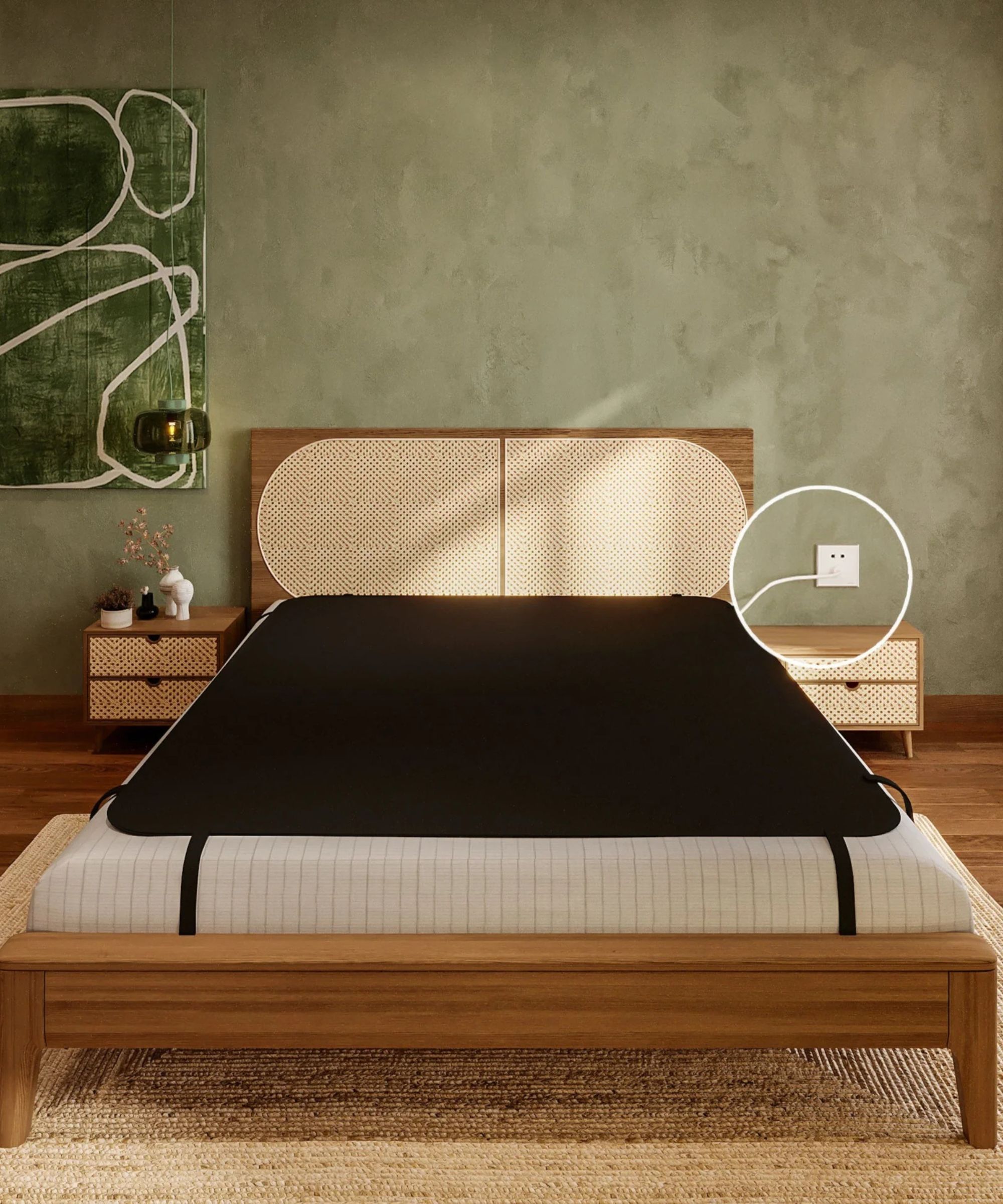
Before I dive into the details of my testing experience, it always helps to define our terms. I asked Dr. Chelsea Perry, owner of Sleep Solutions and a Diplomate of the American Board of Dental Sleep Medicine, to explain the science behind grounding.
'Grounding sheets are designed to connect your body to the Earth's electrical charge while you sleep,' says Dr. Perry. 'They contain conductive fibers, usually silver or carbon, that you plug into an outlet or a grounding rod outside.'
'The idea is that this connection balances your body's electrical charge, potentially reducing inflammation, improving sleep and lowering stress levels.'
In Dr. Perry's opinion, 'There is absolutely zero legit science backing grounding sheets. Most of the studies out there are industry-funded. The few that aren't industry funded are way too small to glean any useful information from and are based on self-reported responses of how people have felt after using them.'
Design expertise in your inbox – from inspiring decorating ideas and beautiful celebrity homes to practical gardening advice and shopping round-ups.
Still, I wanted to try grounding sheets for myself. I researched the best places to buy bedding and ordered three types of grounding sheets for long-term, at-home testing.
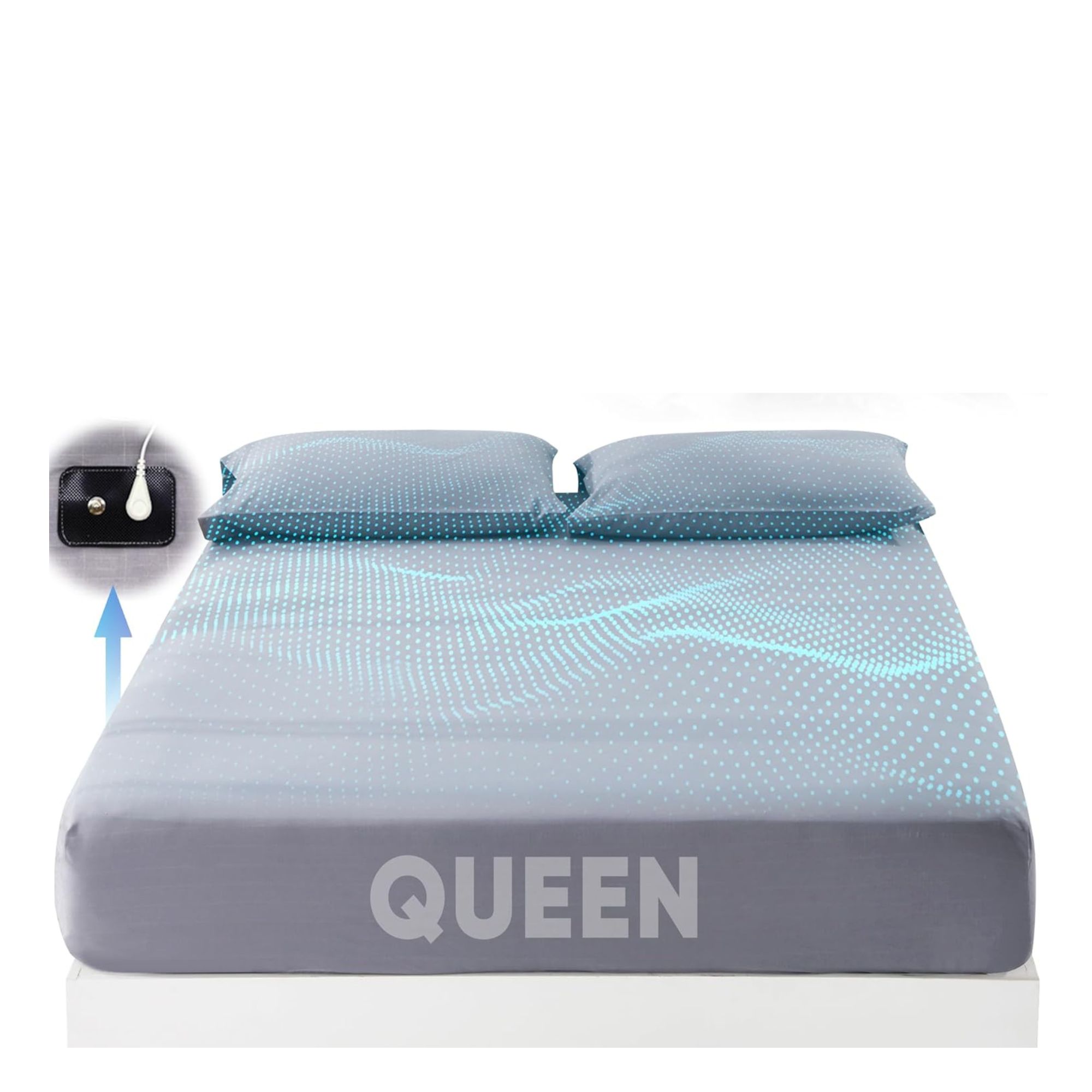
I was worried that grounding sheets would look and feel shiny and synthetic, but this set is made from crisp organic cotton and threaded with silver fibers. The grounding wire is long and thin and connects directly to my outlet: I never felt the wire bunch up beneath my sheets. I spent two weeks sleeping on the ZAJAR Grounding Sheets. Although I didn't notice any major improvement in my sleep quality, I didn't notice any deterioration, either.
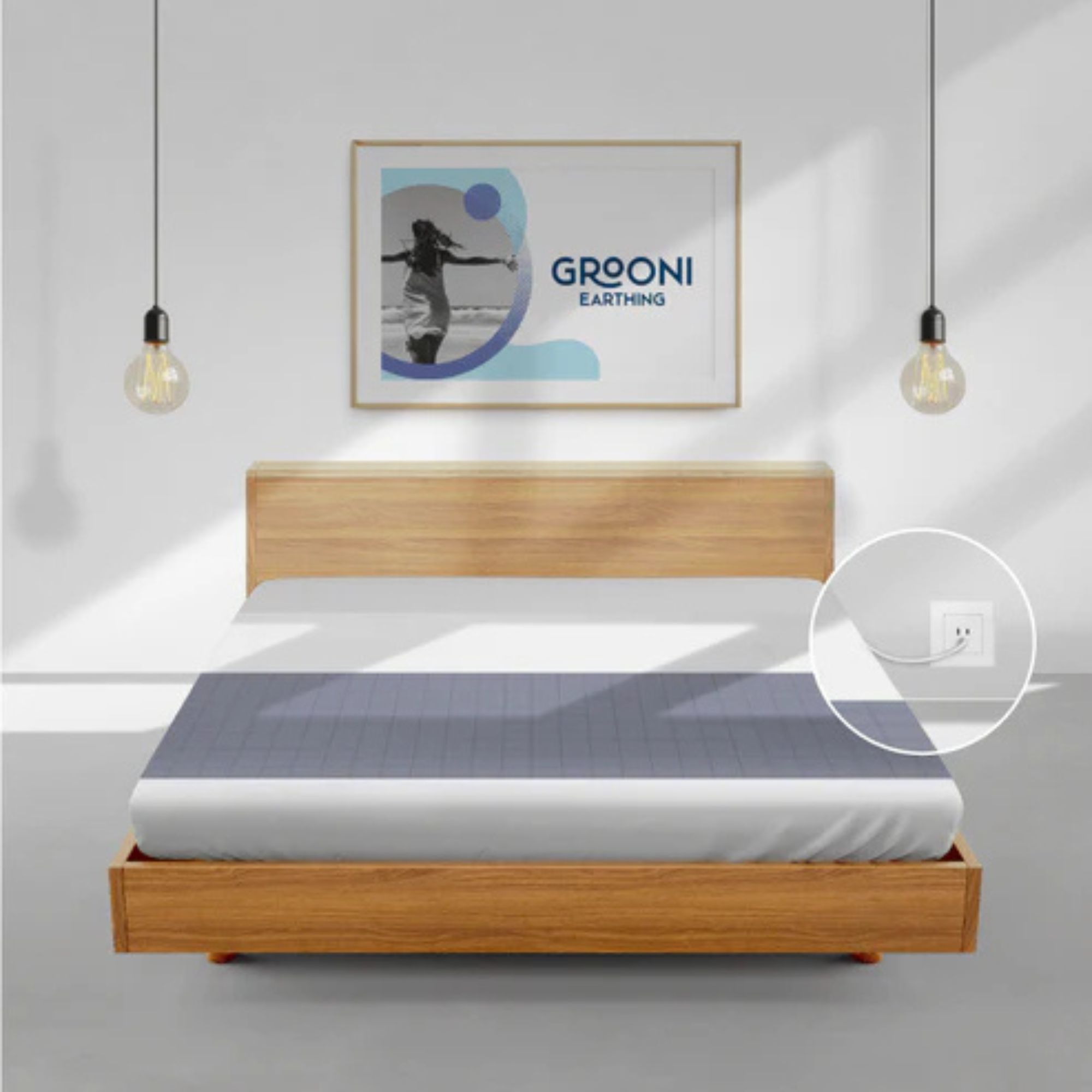
This half bed sheet is designed to be layered over a fitted sheet. You can position it horizontally, so it only touches the lower half of your body, or vertically on one side of the mattress (a safe bet if you share a bed with a pet or partner who doesn't want to join the experiment). Again, the sheet felt soft and pleasant against my skin, but I didn't notice any improvement in my sleep quality over the two weeks.
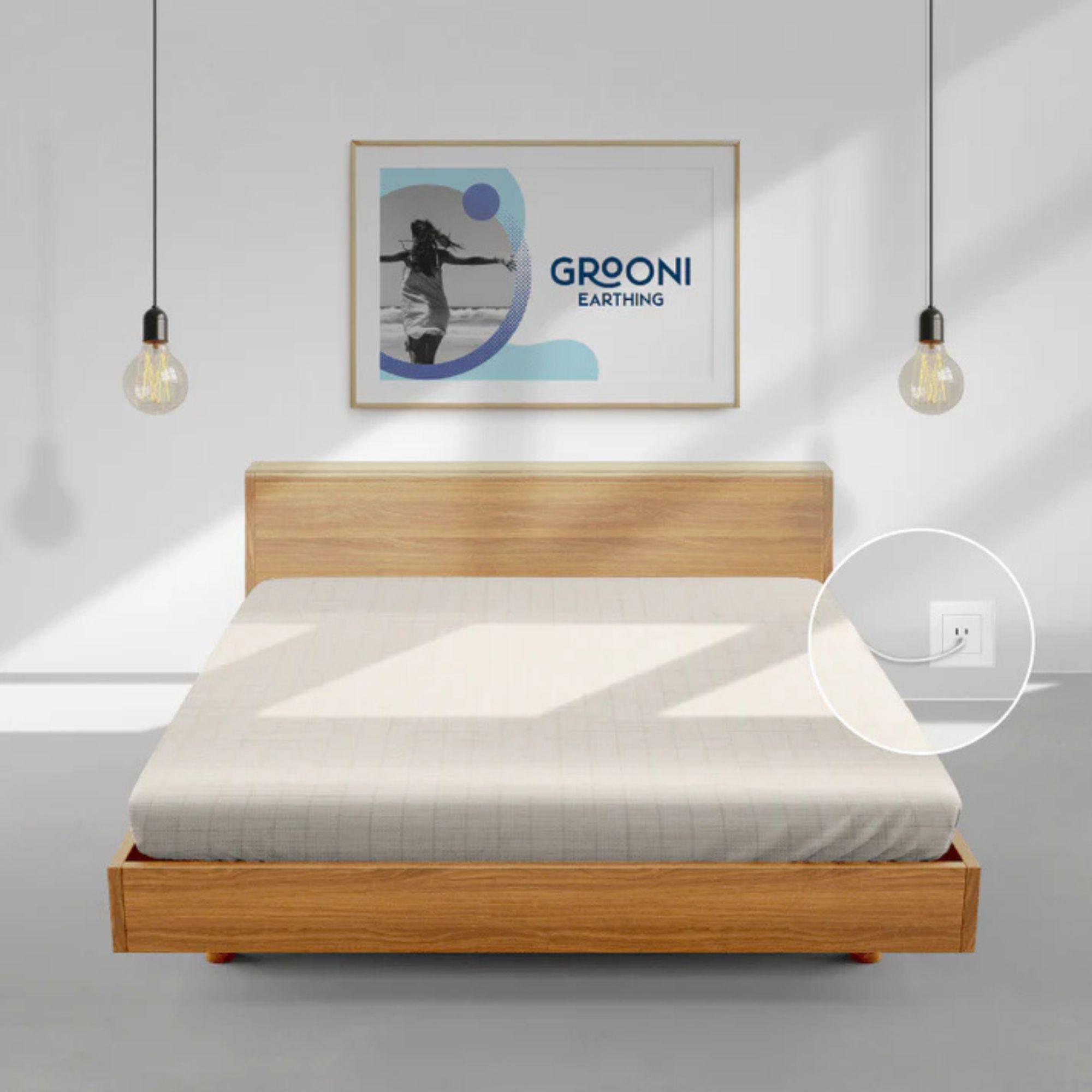
Out of all the grounding sheets I sampled, this Fitted Bed Sheet is probably my favorite. As the weather was heating up outside, I found that silver's natural thermal conductivity helped to keep me cool and dry. Beyond that, I didn't notice any improvement in my sleep quality that I could attribute to the practice of grounding.

Psychologist and sleep specialist Dr. Leah Kaylor affirmed my findings: 'There is limited large-scale scientific evidence confirming grounding sheets directly improve sleep quality for everyone. The placebo effect may play a role: some users report better sleep simply because they expect grounding sheets to work.'
Dr. Kaylor suggests tried-and-true alternatives to improve your sleep quality without taking a chance on grounding sheets. 'Invest in a pillow and mattress that supports your sleep style. Try a white noise machine to drown out external sounds that can interfere with sleep.' Her best advice is totally free: 'Keep the bedroom dark, cool and quiet for optimal sleep.'
Meet our experts

Dr. Perry works at the intersection between dentistry and sleep medicine. She passionately provides her patients with the highest quality care, focusing on sleep apnea and snoring through extensive continuing education courses

Dr. Kaylor has worked as a licensed psychologist specializing in sleep for six years. She has a book coming out in late 2025 on healthy sleep, called The Sleep Advantage.
FAQs
Should I ground my bed?
I'm not convinced that grounding your bed will make any major difference to your health and wellbeing, but it shouldn't hurt to try. Just make sure you read the instructions and test your grounding sheet before you go to sleep.
How can I ground my mattress?
If you don't want to buy a new set of grounding sheets, you don't have to: there are plenty of other products to help you ground your mattress.
In my search, I've come across grounding mattress pads, grounding pillowcases, and grounding blankets. All of these strike me as smaller, less obtrusive changes to your bedspread than a fresh set of sheets: a way to dip your toe into grounding rather than dive in head-first.
I didn't notice any major difference in my sleep quality or stress levels when I was sleeping on grounding sheets. Still, if you want to give grounding a go, I won't stop you, but I recommend you regularly check your power outlet to keep it clean and connected. If you're keen to experiment with other sleep trends, you can consult our expert guide.

Emilia is our resident sleep writer. She spends her days tracking down the lowest prices on the best mattresses and bedding and spends her nights testing them out from the comfort of her own home. Emilia leads a team of testers across America to find the best mattress for every sleep style, body type, and budget.
Emilia's quest to learn how to sleep better takes her all around the world, from the 3Z mattress factory in Glendale, Arizona to the Hästens headquarters in Köping, Sweden. She's interviewed luxury bedding designers at Shleep and Pure Parima, as well as the Design Manager at IKEA. Before she joined Homes & Gardens, Emilia studied English at the University of Oxford.
You must confirm your public display name before commenting
Please logout and then login again, you will then be prompted to enter your display name.